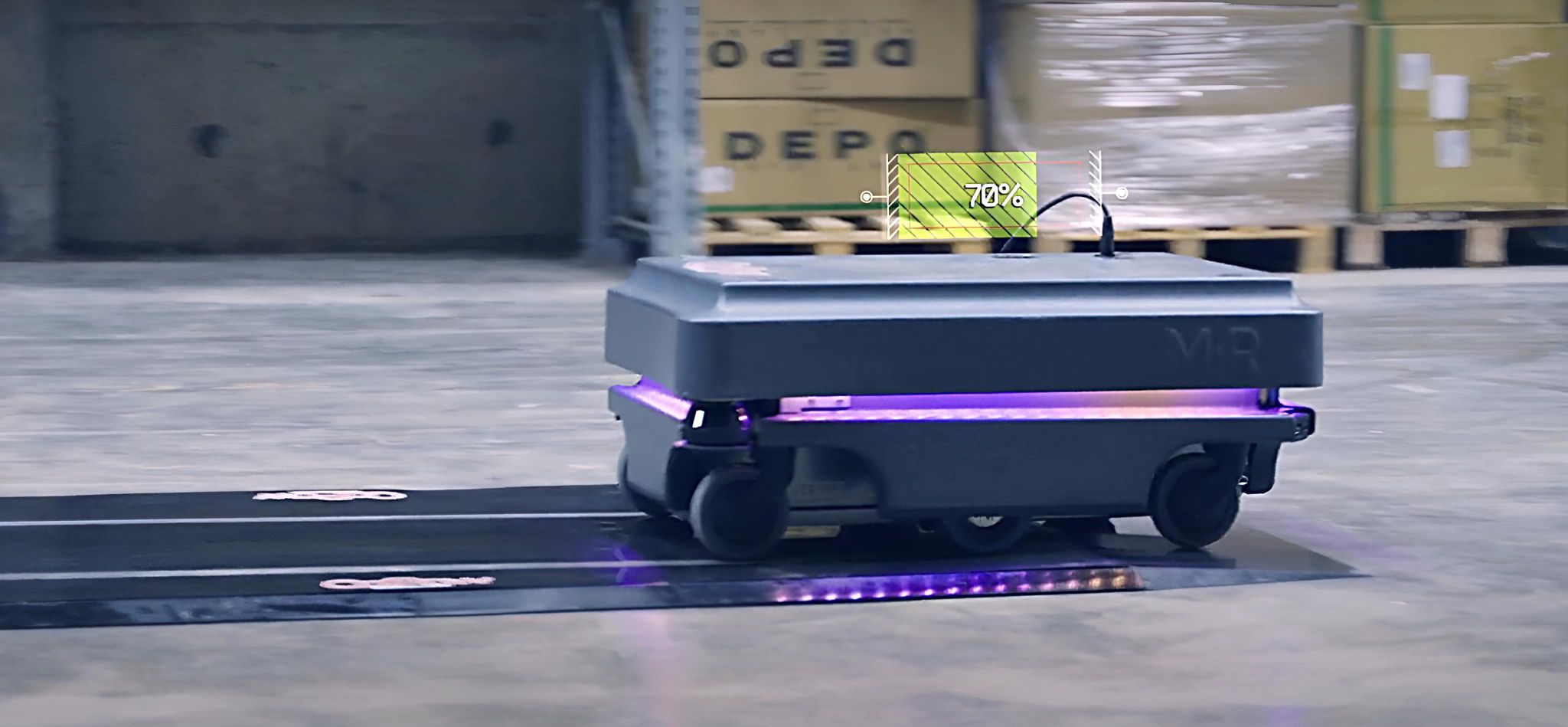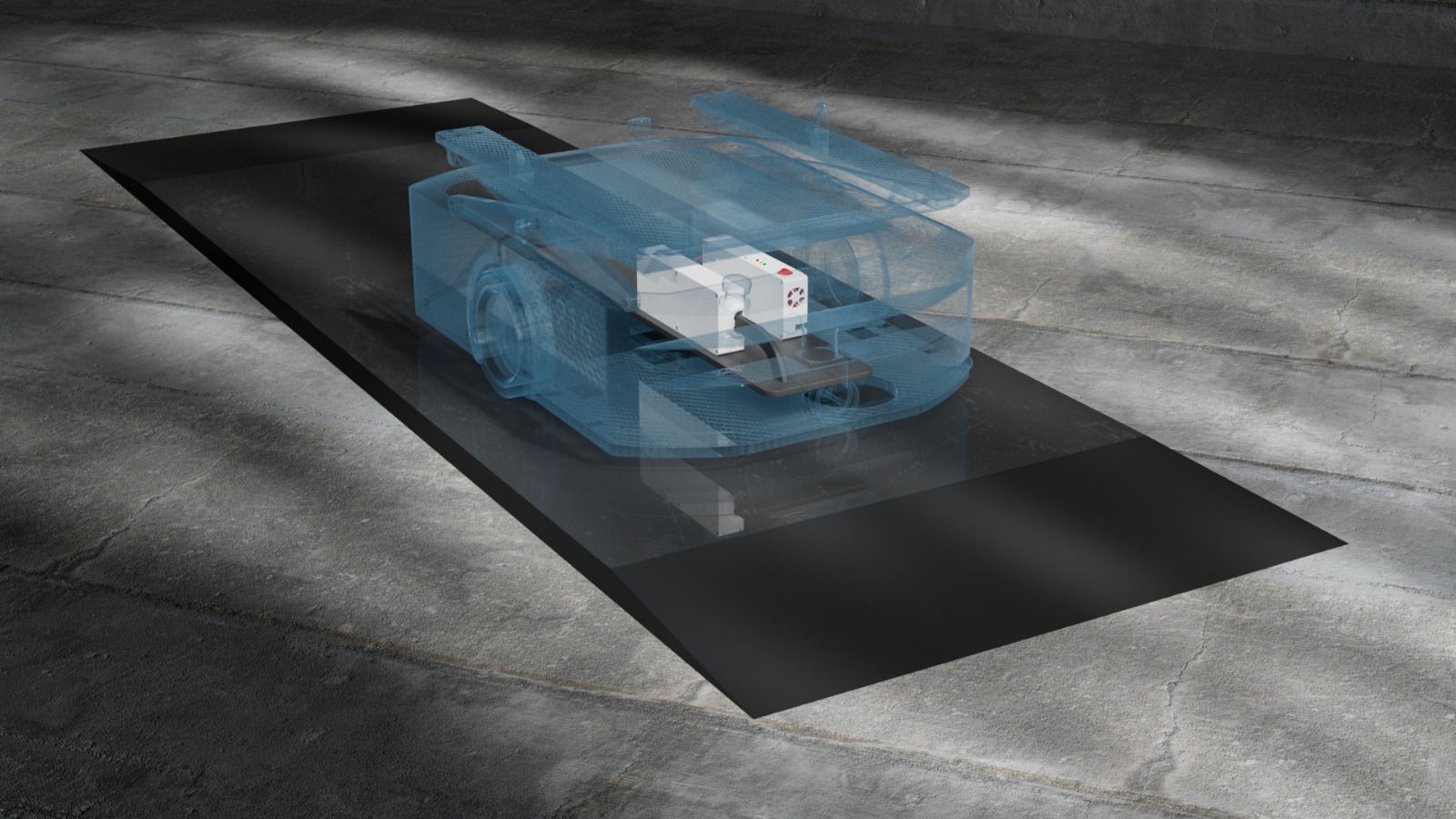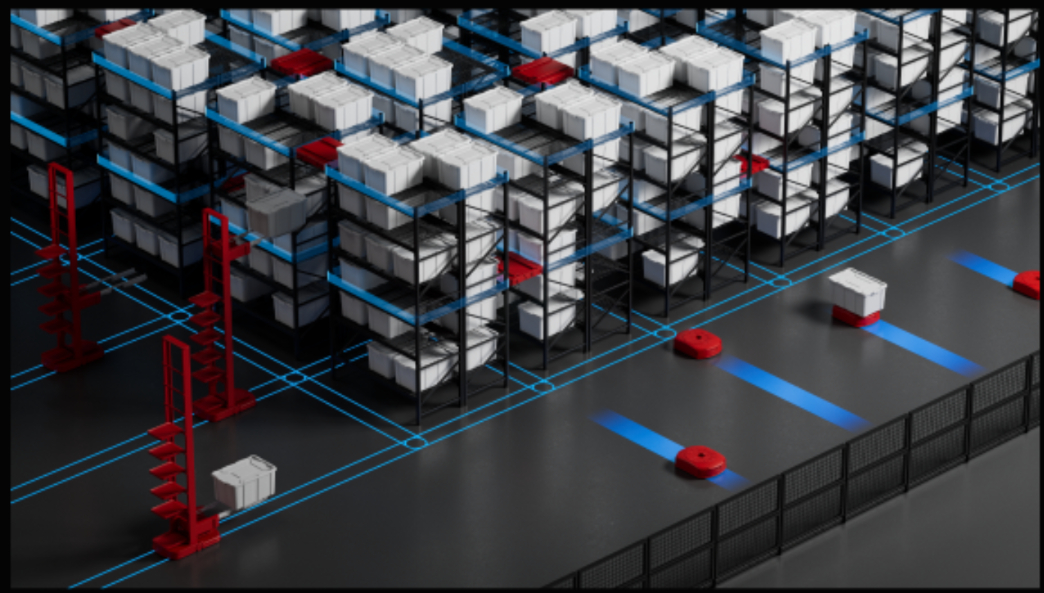In the fast-paced world of Industry 4.0, one thing has been holding automation experts back: energy. For years, the norm in manufacturing, logistics, and warehouse automation has been to rely on traditional battery-powered mobile robots that stop for recharging. In today’s demand-driven market, however, downtime isn’t just inconvenient; it’s a costly disruption that eats into productivity, inflates operational costs, and limits the potential of automation.
Now, a new approach to powering mobile robotics is emerging, one that can eliminate this disruptive downtime entirely. With CaPow’s breakthrough Power-in-Motion technology, continuous energy transfer becomes possible, allowing robots to operate around the clock without the need for recharging stops. This shift in how energy is managed is redefining what it means to optimize for efficiency in Industry 4.0.
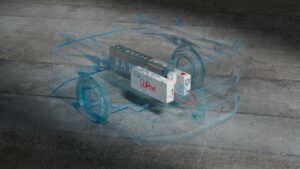
The Traditional Era: Downtime as a Necessary Evil
In the current landscape, companies rely on lithium-ion battery-powered robots that run for several hours and then require a full stop for charging, often up to 8 hours. For operations managers, this has meant planning around “charging schedules” that take up valuable time and space.
Statistics tell the story: In a typical warehouse, robots can lose up to 20% of operational hours to charging. That’s two hours of lost productivity for every ten hours of operation- and that doesn’t account for the extra resources required to monitor, manage, and replace these batteries over time.
Even more costly, the loss of productivity isn’t just about the individual robot but the ripple effect across the entire operation. With the pressure to maintain faster production cycles and shorter lead times, leaders in automation are realizing that downtime is not a given- it’s a problem in need of a solution. And every minute saved on the operational floor translates into financial savings and competitive advantage.
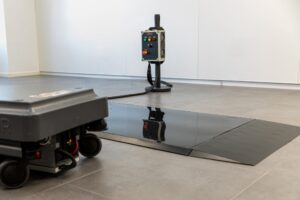
Introducing Continuous Power: A Paradigm Shift in Mobile Robotics
Enter Power-in-Motion, CaPow’s continuous energy transfer solution that eliminates the need for stationary charging stops. Using modular floor antennas, Power-in-Motion delivers power as the robot moves along its route, creating a continuous flow of energy that allows mobile robots to operate without interruption. This innovation does more than reduce downtime; it redefines operational efficiency by providing uninterrupted power that’s as mobile as the robot itself.
Consider the impact for operations leaders and automation managers:
- Zero Downtime, Full Productivity: By allowing robots to operate 24/7 without stopping, Power-in-Motion provides maximum uptime, a key metric in any efficiency-driven operation. The difference between continuous uptime and periodic downtime could mean the ability to fulfill orders faster, reduce labor demands, and keep every square inch of the facility in use.
- Reduction in Operational Costs: For companies with fleets of mobile robots, the costs associated with battery replacement, charging stations, and maintenance quickly add up. A case study with a tier 1 manufacturer showed that implementing Power-in-Motion led to an impressive 35% reduction in operational costs (OPEX) and a 50% boost in productivity. These aren’t minor savings; they represent a fundamental shift in how companies approach efficiency.
- Space Optimization: By eliminating the need for charging stations, operations managers can reclaim valuable floor space that can be used for revenue-generating activities rather than as idle real estate for charging docks.
A First-Mover Advantage for the Efficiency-Focused
For automation leaders, the decision to adopt Power-in-Motion isn’t just about today’s cost savings; it’s about future-proofing. Early adopters who integrate continuous power technology position themselves to outperform competitors still reliant on outdated systems that restrict productivity.
According to industry analysis, companies that transition to continuous power not only reduce their OPEX but achieve ROI up to 40% faster than with traditional energy solutions. This rapid return on investment isn’t just financially compelling- it allows companies to reallocate resources towards growth and innovation, rather than managing the limitations of legacy systems.
Why Efficiency-Focused Operations Can’t Ignore This Shift
Continuous power is more than a technology trend; it’s a response to the demands of a world that values speed, flexibility, and sustainability. In a sector where every second of uptime counts, automation leaders who adopt this technology will set new standards of productivity and operational excellence. And as Industry 4.0 continues to evolve, those who overlook the advantages of continuous power risk falling behind, limited by systems that can’t keep pace with modern efficiency demands.
With Power-in-Motion, downtime becomes a relic of the past, and companies are empowered to operate with unparalleled efficiency. The decision to transition is a strategic one—one that sets the stage for greater productivity, lower costs, and a stronger competitive edge.
The Bottom Line: An Opportunity for Those Who Value Efficiency
For those who believe in the power of efficiency, the message is clear: adopting continuous power is a game-changer. The companies that move quickly to embrace this shift will lead the industry, setting benchmarks that others will struggle to meet. And with CaPow’s Power-in-Motion technology already proving its value in the field, the path to a more efficient, cost-effective future is clear.
This isn’t just about powering robots; it’s about powering the future of Industry 4.0.
